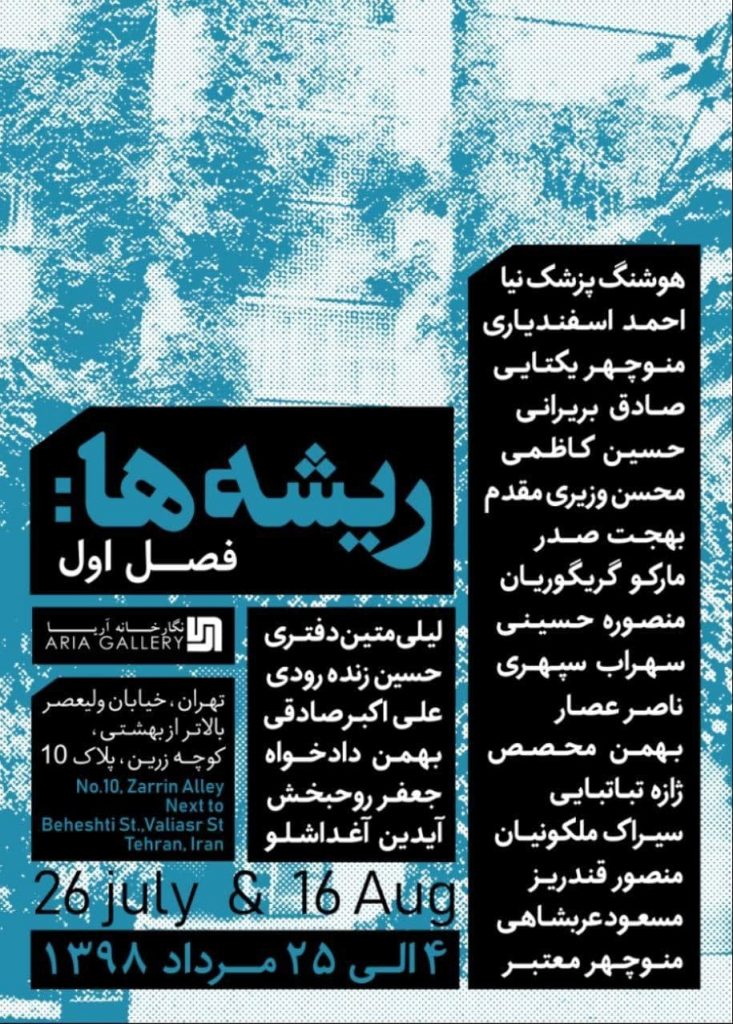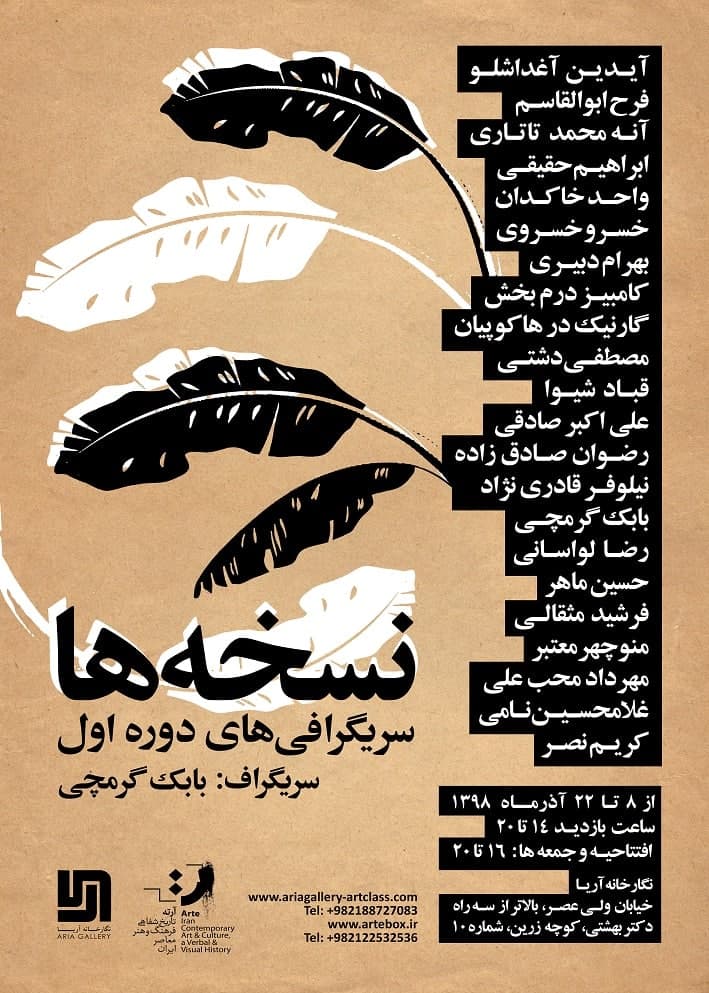با گذر از دوران سنتی به دوران مدرن و پس از آن پست مدرن ، شاهد جلوه های نوینی از زندگی اجتماعی هستیم. یکی از مهم ترین ویژگی های این زمان، فرهنگ مصرف بی رویه ای است که در آن اشیاء از شکل سنتی خود به عنوان ابزاری برای رفع نیاز خارج شده و مصرف کالا و خدمات نه تنها به عنوان ارضای نیاز های زیستی نیست بلکه حتی به عنوان نماد و نشانه ای بر منزلت و شخصیت اجتماعی مورد توجه مصرف کننده قرار گرفته اند. مفهوم مصرف، مصرف گرایی و جامعه مصرفی از یک سو در حوزه مباحث اقتصادی و از سوی دیگر در چارچوب فرهنگ عامه قابل بررسی است. از این منظر مصرف مفهومی سمبولیک دارد. بسیاری از نظریه پردازان مصرف را حاصل “کالایی شدن” فرهنگ و از پیامد های سرمایه داری می دارد؛ برای نظام مصرفی وجود مصرف کننده ای شاد و اهل خرج کردن ضرورت دارد؛ چنانچه در تبلیغات مربوط به کالاهای غیر ضروری با عناوینی از این قبیل زیاد مواجه می شوید: برای رفاه بیشتر … لحظات لذت بخش با … . همان نگرشی که از دل آن مریلین مونروها ، الویس پرسیلی ها و کوکا کولا ها متولد شده. در حالی که امروزه به نظر می رسد واقعیت به نحوی که مصرف کننده آن را تجربه می کند تنها تغییر بی سر انجام لذت است و نه تنها هویتی به او نمی بخشد که از هویت خالی اش می کند.
از آنجا که یکی از بارز ترین وجوه مصرف به ساده ترین امر غریزی یعنی تغذیه باز می گردد؛ در موارد بسیار زیادی شاهد کالایی شدن غذاها هستیم.
ضمن آنکه شرایط برای مصرف گرایی به بهترین شکل آن مهیا است. چنانچه ما حتی در ظرف 1 ساعت می توانیم غذای یک هفته خود را بخرم . زیور آلات حاضر توجه خود را بر اصل مصرف گرایی معطوف داشته و المان ها و عناصر بکار رفته اش را از بدنه و بسته بندی های مواد غذایی و تبلیغات مرتبط با آن برگرفته است.
در این جا از طرفی بهره جویی ریشخند آمیز کالا ها و برند ها انتقادی تند بر ضد فرهنگ مصرفی است و از طرفی خلق آنها در قالب زیور آلاتی فاخر به این فرهنگ بها می دهد.
Leaving behind the traditional, modern and then the postmodern eras, we are witnessing new manifestations of social life. One of the most important features of current time is the culture of overconsumption, where the object’s traditional use as Man’s tools for fulfilling his or her needs has changed. The consumption of goods and services is not just for fulfilling biological needs any more, it even comes to the attention of the consumer as the symbol and the sign of dignity and social personality.
The concept of consumption, consumerism and consumer community on one hand has been placed in economic issues and on the other hand has been placed in popular culture. In this regard, consumption has a symbolic concept. Many analysts look at the consumption as a result of commodification of culture, and also as a side effect of capitalization.
Happy and prodigal people are essential for consumer system, as far as we encounter a lot with some ideas imposing on us in advertisements relating to non-essential goods, such as; for more welfare, for enjoyable moments, ….
It was the same attitude that Marilyn Monroe, Elvis Presley and Coca-Cola were born out of it. Although, it seems that today the reality, as the consumer experiences it, is only the pursuit of enjoyment. It does not only give the consumer any identity, but also eliminate his/her identity.
As far as one of the most significant points of consumption refers to the simplest instinctive point which is nutrition, in many occasions we witness the commodification of foods. In addition, the condition for the consumerism is prepared in the best way as we even can buy our one-week foods in just one hour.
The items used in current accessories, including their decorative, elements, packaging and advertisements, put the focus on consumerism principal.
Hereon, on one hand, a ridiculous exploitation of goods and brands is the criticism against the consumerism culture, and on the other hand creating them in the framework of costly accessories put value on this kind of culture.


















